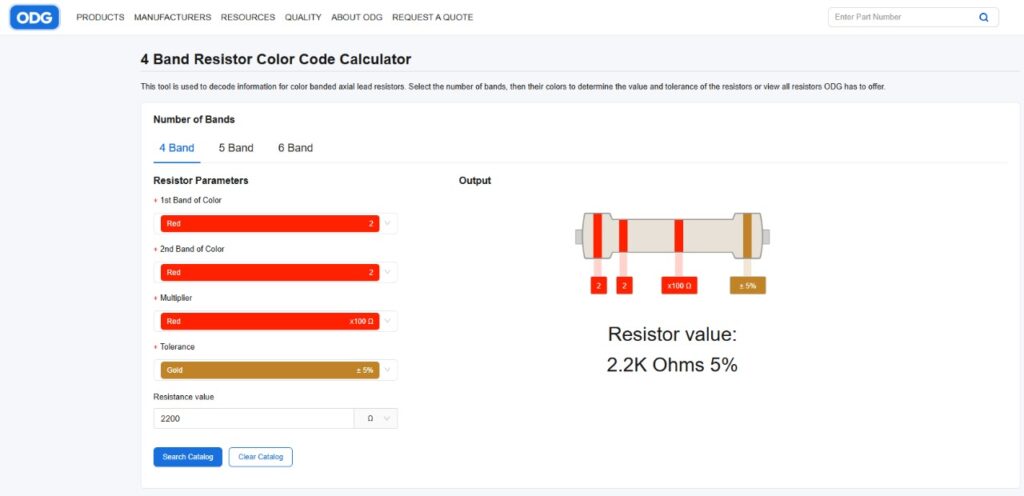
In the world of electronics, one component you’ll find everywhere is the resistor. But many beginners often ask: resistor what is it exactly, and what does a resistor do? Let’s break it down in simple terms and explore how to read and calculate resistor values using the resistor color code, charts, and calculators.
What Does a Resistor Do?
So, what do resistors do in a circuit? A resistor is a component that resists the flow of electrical current. It helps control voltage and current levels, protects sensitive components, and can even divide voltages. Essentially, it regulates how electricity moves through your devices, making sure everything operates safely and efficiently.
Resistor What Is?
Still wondering, “resistor what is“? Simply put, it’s a passive two-terminal electrical component that implements electrical resistance as a circuit element. Every resistor has a specific value (measured in ohms, symbol: Ω), and choosing the right one is key to building a successful circuit.
Understanding the Resistor Color Code
Most resistors are too small to print numbers on directly, so instead, they use a standardized resistor color code system. This system uses colored bands to indicate resistance values.
For example, red-black-brown-gold means 2 (red), 0 (black), with one zero (brown), and a tolerance of ±5% (gold). Once you understand this system, reading resistor code becomes second nature.
Using a Resistor Color Chart
To decode the colors easily, you can use a resistor color chart. This chart lists each color alongside its corresponding digit, multiplier, and tolerance value. Whether printed on your workbench or saved as a digital reference, a resistor color chart is a vital tool for students and professionals alike.
Fast and Easy: Resistor to Color Code Calculator
Sometimes, you need to work backwards. That’s where a resistor to color code calculator comes in. Just input the resistance value you need, and the tool will show you the correct color bands. This is incredibly helpful when you’re sorting or labeling resistors for future use.
Resistor Color Code Calculators and More
For quick conversions and checks, a resistor color code calculator or a general resistor calculator is essential. These tools can handle four-band, five-band, and even six-band resistor configurations. Online and mobile versions are available, making it easier than ever to get accurate values on the go.
Also Available: Calculadora Resistor
If Spanish is your preferred language, you’ll be glad to know that many websites offer a calculadora resistor version. It functions exactly like its English counterpart but uses Spanish interface labels for ease of use.
Conclusion
Understanding what does a resistor do, and how to read its value using the resistor color code, is a foundational skill in electronics. With the help of a resistor color chart, a resistor to color code calculator, and tools like a calculadora resistor, anyone can master the art of identifying and using resistors correctly in a circuit. Whether you’re a beginner or a pro, these resources will make your work more efficient and precise.